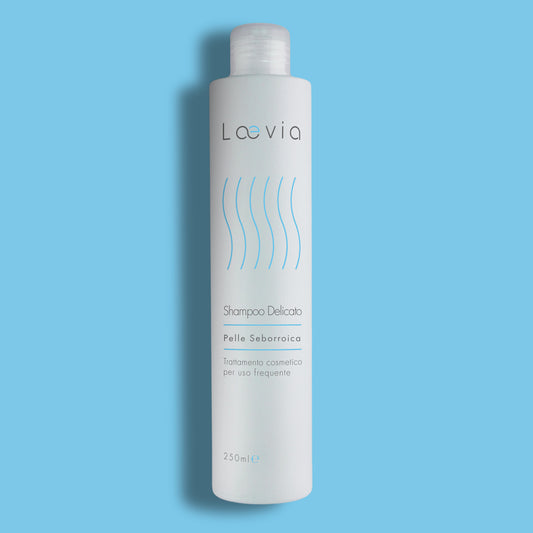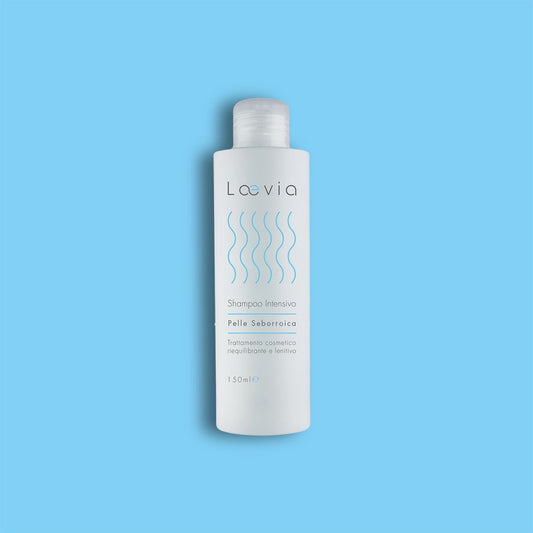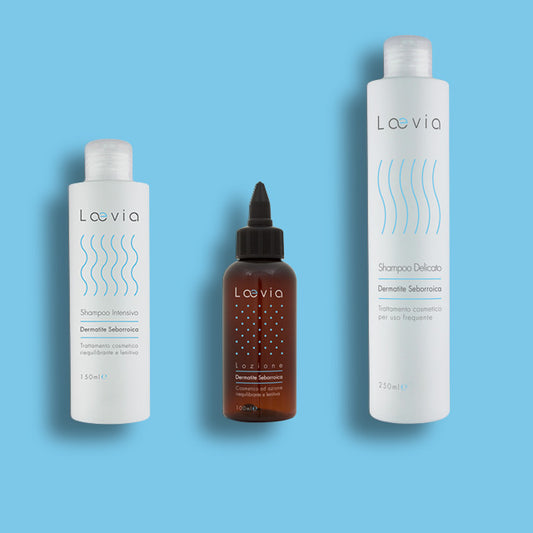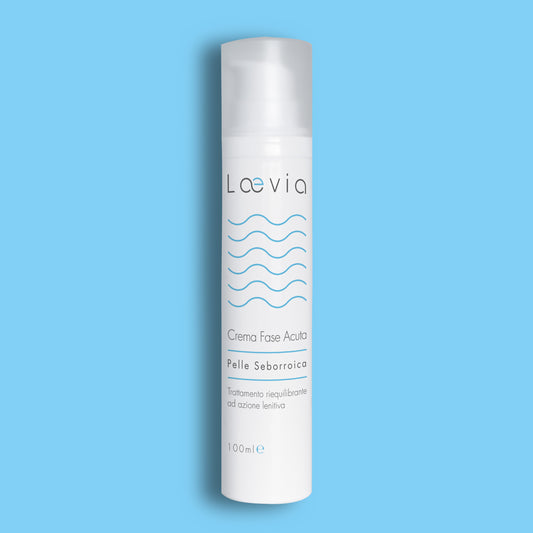Place of good bacteria and possible infections: the bacterial flora of the skin is the first natural defense against external agents for the health of the entire organism.
Our body is populated by an impressive number of bacteria: up to 100 trillion, or 1 million billion microorganisms, a quantity 10 times higher than the number of cells that make up the human organism. These bacteria constitute the bacterial flora of the organism, which differs depending on the place it inhabits: the skin, the respiratory and digestive systems.
BACTERIAL FLORA OF THE SKIN, BETWEEN GOOD AND BAD - The skin, precisely because of its exposure and its function as a protective coat for the entire organism, is more easily colonized by bacteria. The skin, however, is not an ideal place for bacteria to survive for several reasons: its pH is weakly acidic; most of the skin surface is dry, while fungi and bacteria prefer to inhabit humid areas; it is rich in solutes, contained in the sweat produced by the skin glands, which are not appreciated by fungi and bacteria. For this reason, skin bacteria are divided into "residents" and "transients". The resident bacteria settle permanently on the skin surface, because they get used to living in the particular skin environment and for this reason they are harmless to the body. The presence of resident bacteria on the skin hinders the growth of transient bacteria, which are instead carriers of infections. On the surface of the skin there is also Pityrosporum ovale, a microscopic fungus more commonly known as Malassezia Furfur, which feeds on sebum.
THE AREAS OF THE SKIN PREFERRED BY BACTERIA - The bacterial flora of the skin is more concentrated on the surface of the hands, more exposed to contact with people and objects, especially in the area between the fingers and under the nails. Less exposed but still at risk of infections, especially mycotic ones, are the feet, always between the toes, because they live in a poorly ventilated and humid place. The scalp is the area of the skin most easily exposed to the accumulation of harmful agents such as smoke, dust, dirt and microorganisms. If there is abundant dandruff, as happens in seborrheic dermatitis, the percentage of bacteria and other microorganisms doubles compared to normal scalp. Even in other areas, such as armpits and groin, the presence of hair and a greater quantity of sebaceous glands favor bacterial growth.
THE AREAS OF THE SKIN PREFERRED BY BACTERIA - The bacterial flora of the skin is more concentrated on the surface of the hands, more exposed to contact with people and objects, especially in the area between the fingers and under the nails. Less exposed but still at risk of infections, especially mycotic ones, are the feet, always between the toes, because they live in a poorly ventilated and humid place. The scalp is the area of the skin most easily exposed to the accumulation of harmful agents such as smoke, dust, dirt and microorganisms. If there is abundant dandruff, as happens in seborrheic dermatitis, the percentage of bacteria and other microorganisms doubles compared to normal scalp. Even in other areas, such as armpits and groin, the presence of hair and a greater quantity of sebaceous glands favor bacterial growth.

THE NATURAL DEFENSES OF THE SKIN BRING THE CLOAK – Having intact skin is the first effective defense against infections caused by fungi and bacteria. The integrity of the skin is guaranteed by the continuity of the surface and thickness of the skin, without cuts and wounds, and by the functionality of the hydrolipidic mantle, a layer of fat and water with which the skin is covered and which creates a further shield against external agents . Fats, especially triglycerides, sebaceous fatty acids and squalene which constitute a fundamental part of the skin, are produced by the sebaceous glands. In seborrheic dermatitis, sebum is produced in excess and this allows the Malassezia Furfur fungus to grow out of all proportion, causing redness and inflammation of the skin. The hydrolipidic mantle must be safeguarded with extreme care because it has the task of maintaining the correct hydration of the skin and the balance of the skin's pH, neutralizing a large part of the alkaline substances and thus blocking the growth of unwanted fungi and bacteria.
HOW TO MAINTAIN AN EFFECTIVE 'SKIN BARRIER' - Various external factors can modify the bacterial flora of the skin, thus exposing the body to possible infections.
- Environmental factors such as temperature, humidity, salinity and exposure to light
- Individual factors including age, sex, state of the immune system, hygienic conditions, use of drugs (antibiotics, steroids), use of soaps and cosmetics, stay in hospital, presence of trauma or burns.
For good health of the hydrolipidic mantle it is essential to choose the right cleanser capable of respecting the natural pH of the skin and rebalancing the production of sebum where present in excess, as in the case of seborrheic dermatitis. Our dermocosmetics contain components of plant origin with a combined action capable of hydrating, elasticising and deeply nourishing the skin, in addition to the presence of Pirocton Olamine, an antibacterial and antifungal of natural origin. The key word is delicacy, thanks to which these products do not alter the hydrolipidic layer, with a preventive effect against relapses or exacerbations of the symptoms of seborrheic dermatitis. Only in this way is it possible to restore the habitability of the skin to the resident bacteria, evicting the harmful ones!
HOW TO MAINTAIN AN EFFECTIVE 'SKIN BARRIER' - Various external factors can modify the bacterial flora of the skin, thus exposing the body to possible infections.
- Environmental factors such as temperature, humidity, salinity and exposure to light
- Individual factors including age, sex, state of the immune system, hygienic conditions, use of drugs (antibiotics, steroids), use of soaps and cosmetics, stay in hospital, presence of trauma or burns.
For good health of the hydrolipidic mantle it is essential to choose the right cleanser capable of respecting the natural pH of the skin and rebalancing the production of sebum where present in excess, as in the case of seborrheic dermatitis. Our dermocosmetics contain components of plant origin with a combined action capable of hydrating, elasticising and deeply nourishing the skin, in addition to the presence of Pirocton Olamine, an antibacterial and antifungal of natural origin. The key word is delicacy, thanks to which these products do not alter the hydrolipidic layer, with a preventive effect against relapses or exacerbations of the symptoms of seborrheic dermatitis. Only in this way is it possible to restore the habitability of the skin to the resident bacteria, evicting the harmful ones!





